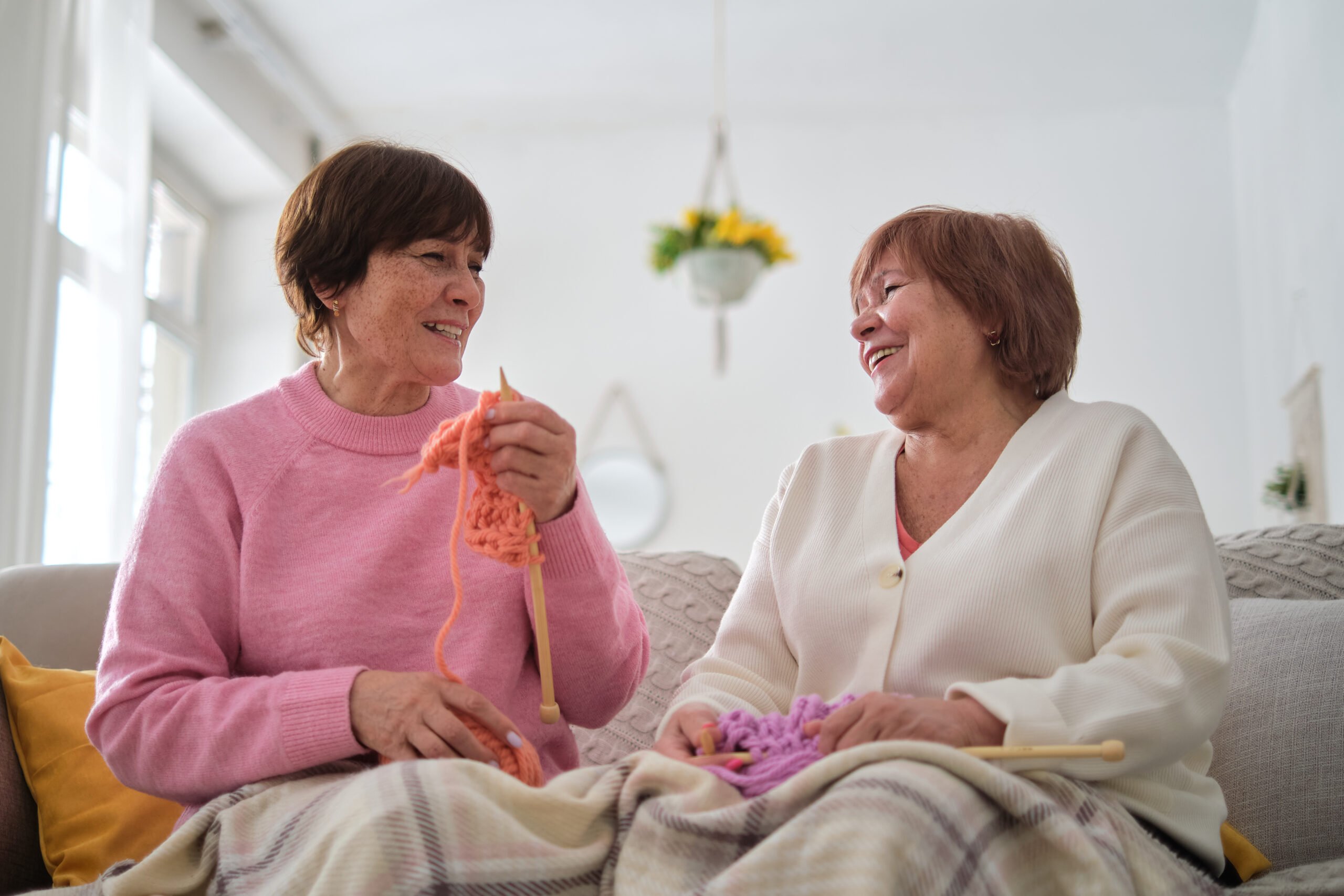How To Reduce Social Isolation for Seniors
From larger family gatherings to casual social gatherings over coffee, seniors have always relied much on social interactions for engagement and fulfillment. However, the pandemic has significantly limited these interactions, leading to an increase in social isolation among seniors. So how can we reduce social isolation for seniors, especially in these challenging times? Keep reading to understand the issue better and discover practical solutions.
Understanding the Issue of Social Isolation in Seniors

Social isolation, characterized by a lack of meaningful social interactions, is a significant problem many seniors face. It is often brought about by the loss of active roles in society as seniors retire from their jobs or lose their spouses or friends.
Further fueling the problem is the physical distance from family members and limited mobility, which becomes increasingly pronounced with age. In today’s digital world, these physical barriers have been reduced to some extent. However, the technology gap can still make its presence felt among many seniors.
Seniors have numerous services available at their disposal to help them overcome these challenges, and one to look further into in particular is the GoGoGrandparent Review.
That’s why understanding the seriousness of the issue and taking concrete steps to alleviate it is essential, ensuring a happier and healthier life for our elderly.
The Link Between Social Isolation and Health Risks
For many, social isolation might seem like a trivial issue. However, numerous studies have demonstrated a strong link between social isolation and various health conditions, particularly in seniors.
Isolation can potentially lead to an increased risk of chronic diseases, including heart disease and diabetes. It can also trigger mental health problems, such as depression and cognitive decline.
The result is an overall decline in physical and mental health, leading eventually to increased mortality rates. Hence, efforts to deal with social isolation in seniors become a matter of life and death.
By mitigating social isolation, we not only provide emotional care but also combat serious physical health risks, thus promoting healthier aging.
Resources and Tools for Combatting Senior Loneliness
Reducing social isolation among seniors requires multifaceted approaches addressing multiple fronts. This includes anything from appropriate housing to accessible transportation and health services.
In today’s increasingly digital world, technology can play a significant role in reducing social isolation. A whole array of online platforms, apps, and services have been introduced to make it easier for seniors to connect with others, irrespective of their location.
Initiatives such as community outreach programs and home visitor services aim to bridge the distance and bring a sense of community to the doorstep of seniors.
All these resources and tools work hand in hand to help combat senior loneliness from varied angles.
Therapy and Support Groups

Psychological therapies can also be an effective way to help seniors manage feelings of loneliness and isolation. This is where therapy and support groups can be extremely useful.
Support groups bring together individuals experiencing similar situations, providing a platform where seniors can express their feelings and learn how others cope with similar circumstances.
Individual therapy, on the other hand, offers personalized attention and helps seniors manage their feelings of loneliness and cope with the isolation.
Whether it’s individual or group therapy, these measures help seniors feel heard and understood, greatly reducing the feeling of being alone.
Engaging Activities to Keep Seniors Socially Active
Another effective solution to address social isolation in seniors is through engaging in activities that enhance social interactions. Whether it’s art and craft sessions, exercise classes, or gardening clubs, group activities can be a great way of keeping seniors socially active.
Many seniors find meaning and fulfillment in volunteering. Contributing to a social cause or serving in local community centers can bring a sense of purpose and reduce feelings of isolation.
On a smaller scale, even organizing regular family gatherings or visits can make a huge difference. These small yet significant engagements not only keep seniors mentally stimulated but also keep loneliness at bay.





